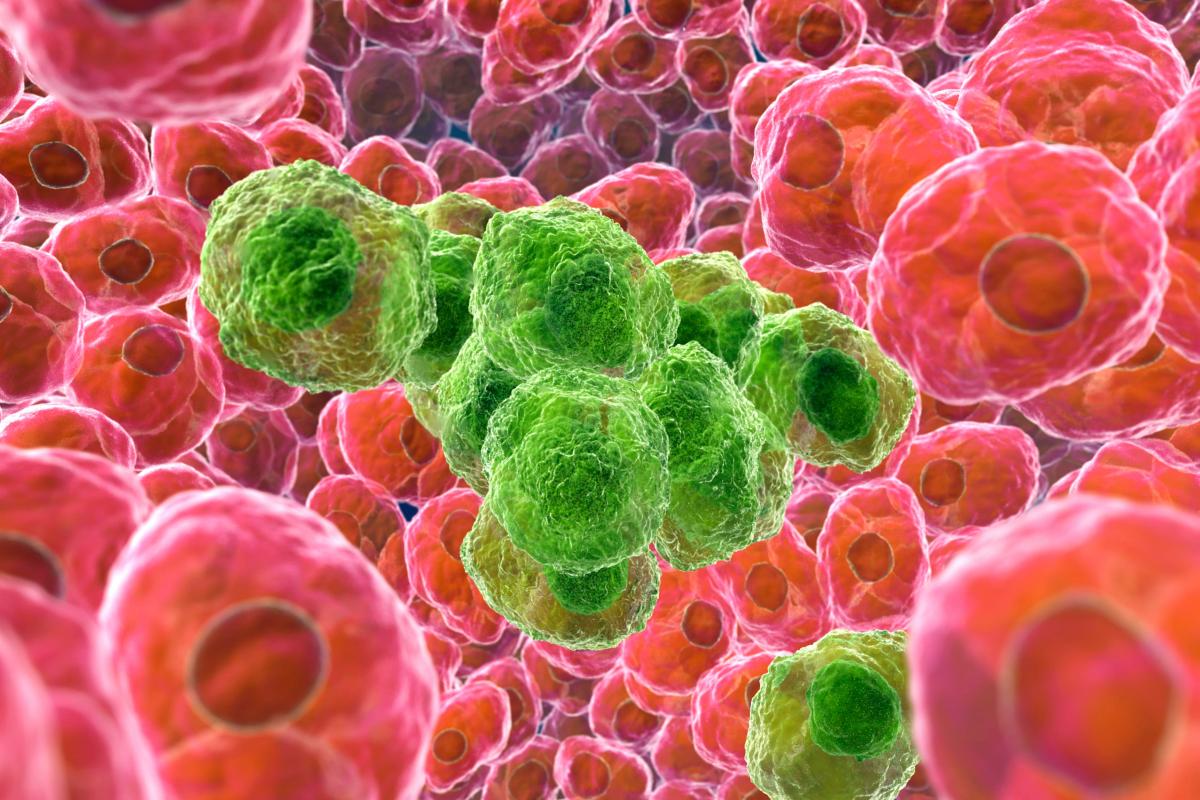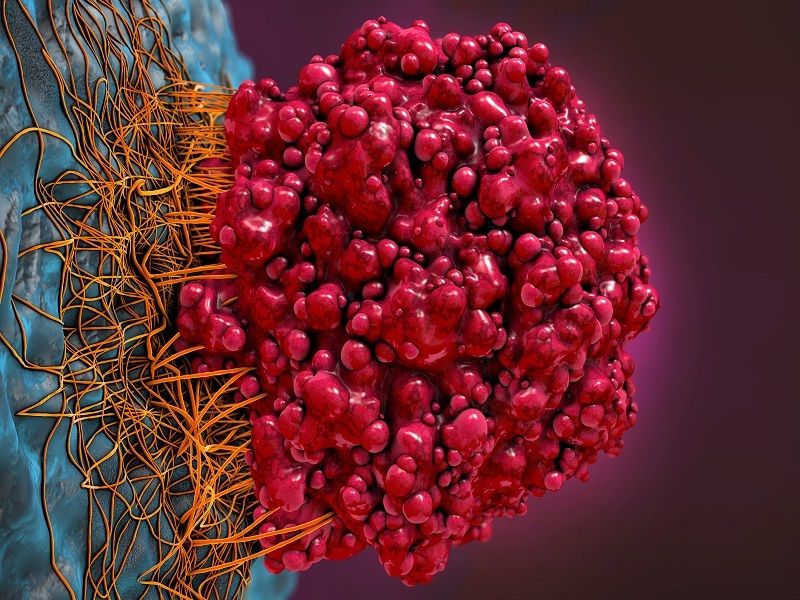Researchers at Virginia Tech are excited by a new drug that could help stop brain cancer spreading before it can do even more damage.
Despite being necessary for normal bodily functions, fluid in our bodies can sometimes work against us when we try to contain the spread of deadly conditions, such as brain cancer.
With glioblastoma, the deadliest of brain cancer, this fluid operates at a much higher pressure, resulting in the cancerous cells spreading across the brain at a much faster rate. To make things worse, one of the most common types of cancer therapy – whereby a catheter places a drug directly into the tumour – can accelerate the spread of cancer cells.







